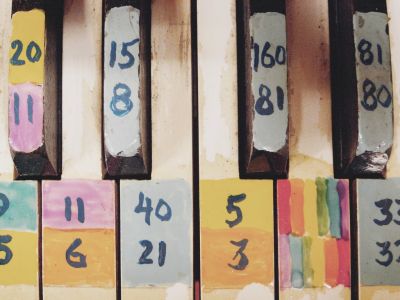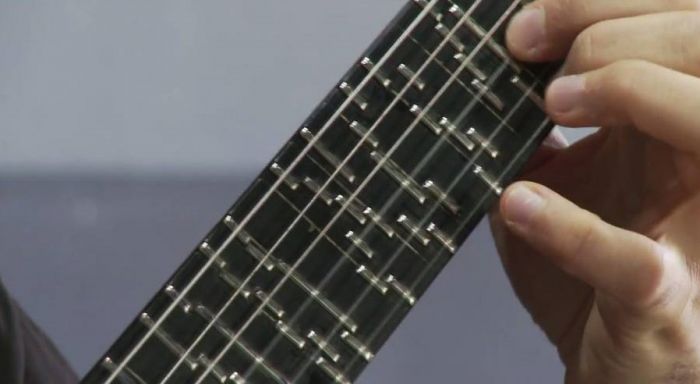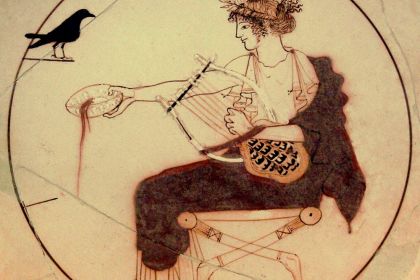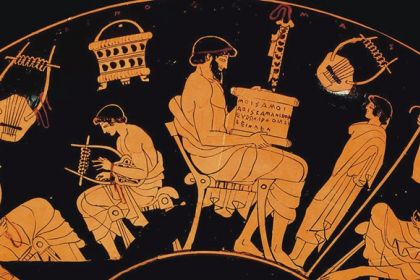Music Theory
Microtonality: the variety of approaches to microtonal music in world cultures

Chromelodeon
Composer: Nicola Vicentino, Harry Partch
In theory, microtonal music describes a piece that contains one or more intervals measuring below a semitone. Although quite often the term microtonality is applicable to any music with melodic or harmonic intervals, including those not found in the customary Western tuning of twelve equal semitones per octave.
Even though microtonal music has existed since the times of ancient Greece, the word microtone was coined at the very beginning of the 20th century. The first known attempt to build a microtone keyboard was made by the Renaissance theorist Nicola Vicentino who created the archicembalo with 31 keys for each octave.
Presented by Nicola Vicentino, the unusual musical instrument failed to gain initial popularity, but later the archicembalo was reviewed by music theorist Vincenzo Galilei—the father of famous astronomer and physicist. Despite the overall approval of Vicentino's tonal concept, Galilei pointed out a number of serious difficulties that faced vocalists who would have to perform microtonal melodies.
Watch Johannes Keller perform Nicola Vicentino's Musica prisca caput on a 24-tone harpsichord, tuned in a similar way to the archicembalo:
In fact, musical cultures all over the world demonstrate many examples of microtonality which is one of the reasons why Japanese or Indonesian music is so surprisingly unusual for listeners of Western repertoire. Microtones are described in both the Indian classical theory of 22 shruti-intervals for dividing the octave and the classical Turkish makam system featuring unique names for 53 tones.
Listen to Bismillah Khan performs Indian classical Raga Bhairav:
During the Baroque and Classical periods, when major and minor modes reigned supreme in Western music, few of the composers paid attention to microtonality or any other alternative scales such as Phrygian or Lydian. Rare evidence of interest in microtones can be found in the quarter-tone fingerings for the one-keyed flute described by French flutist Charles de Lusse in 1760.
After the invention of the gramophone, record companies sent their engineers around the world to record music from different cultures which kickstarted the popularization of alternative harmonic systems. At the same time, many Western composers of the 20th century turned to unusual tonal structures in search of new ideas for promotion of the musical aesthetics of impressionism, modernism, and avant-garde. For example, Debussy's experiments with a whole-tone scale were a consequence of his fascination with the Balinese gamelan which he had listened to at the Exposition Universelle of 1889.
One of the first Western composers to systematically work with microtonal scales was Harry Partch who built unique instruments such as the chromelodeon and the quadrangularis reversum that allowed musicians to perform his pieces written in scales thanks to the division of the octave into 43 unequal tones. However, any microtonal music can be performed on quite ordinary fretless string instruments such as violin and cello.
Listen to Harry Partch's Ancient Mode, Pt. 1 performed by Gyda Valtysdottir on cello:
The rise of electronic musical instruments in the second half of the 20th century gave a new impetus to the development of microtonal music since synthesizer keyboards were easily reprogrammed unlike the piano or harpsichord, both of which require laborious tuning to extract microtones. Following academic composers, popular artists such as the English band Radiohead began to use microtonality.
Listen to How to Disappear Completely by Radiohead which features microtonal string arrangements (from 2:30 to 5:30):
To play microtones on an acoustic or electric guitar, a musician would need a fretless instrument or a guitar with non-standard frets. There are many variations of guitar fretboards that allow guitarists to compose experimental microtonal pieces and perform folk and classical music in alternative musical scales.

One of the most masterful performances of microtonal music on a fretless guitar belongs to the Indian classical musician Vasant Rai whose main instrument was sarod.



